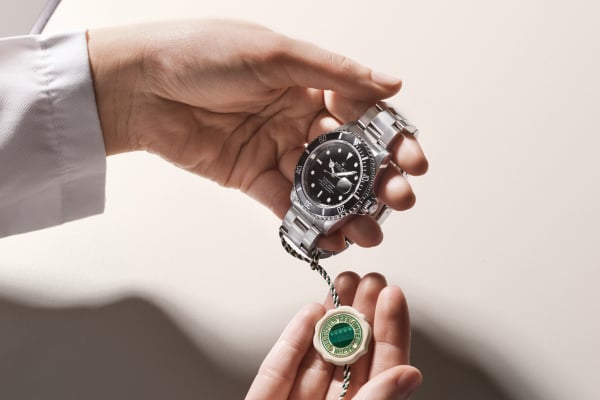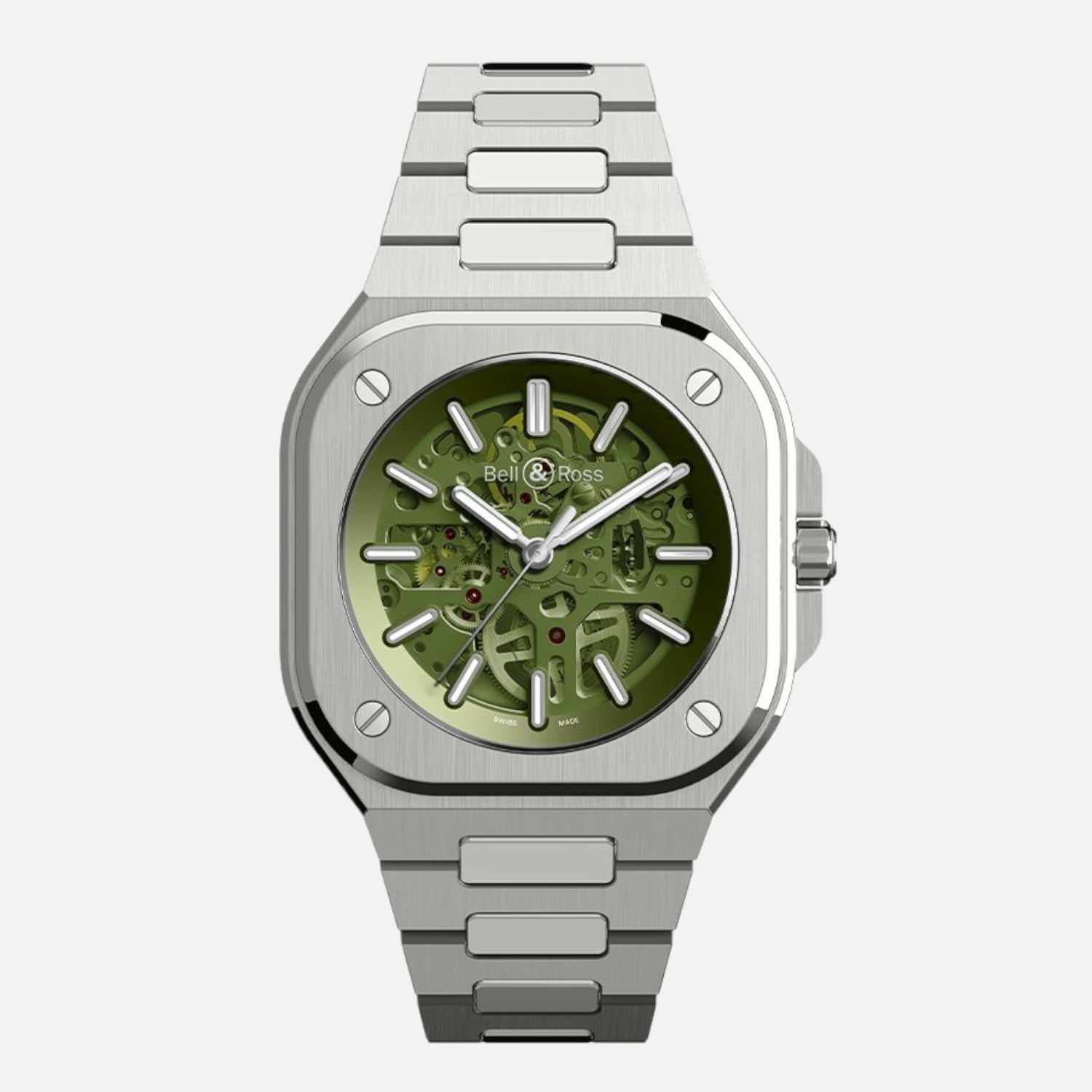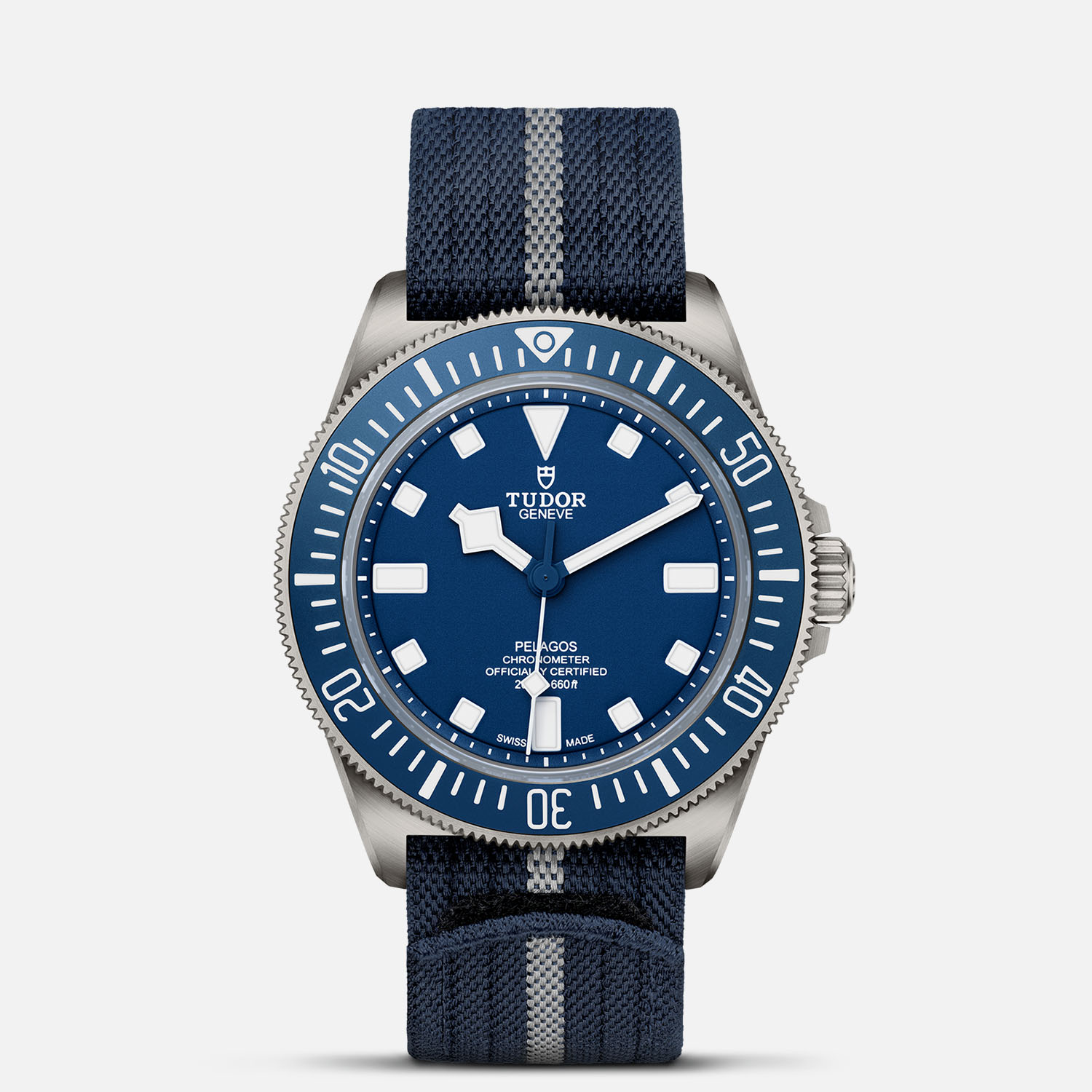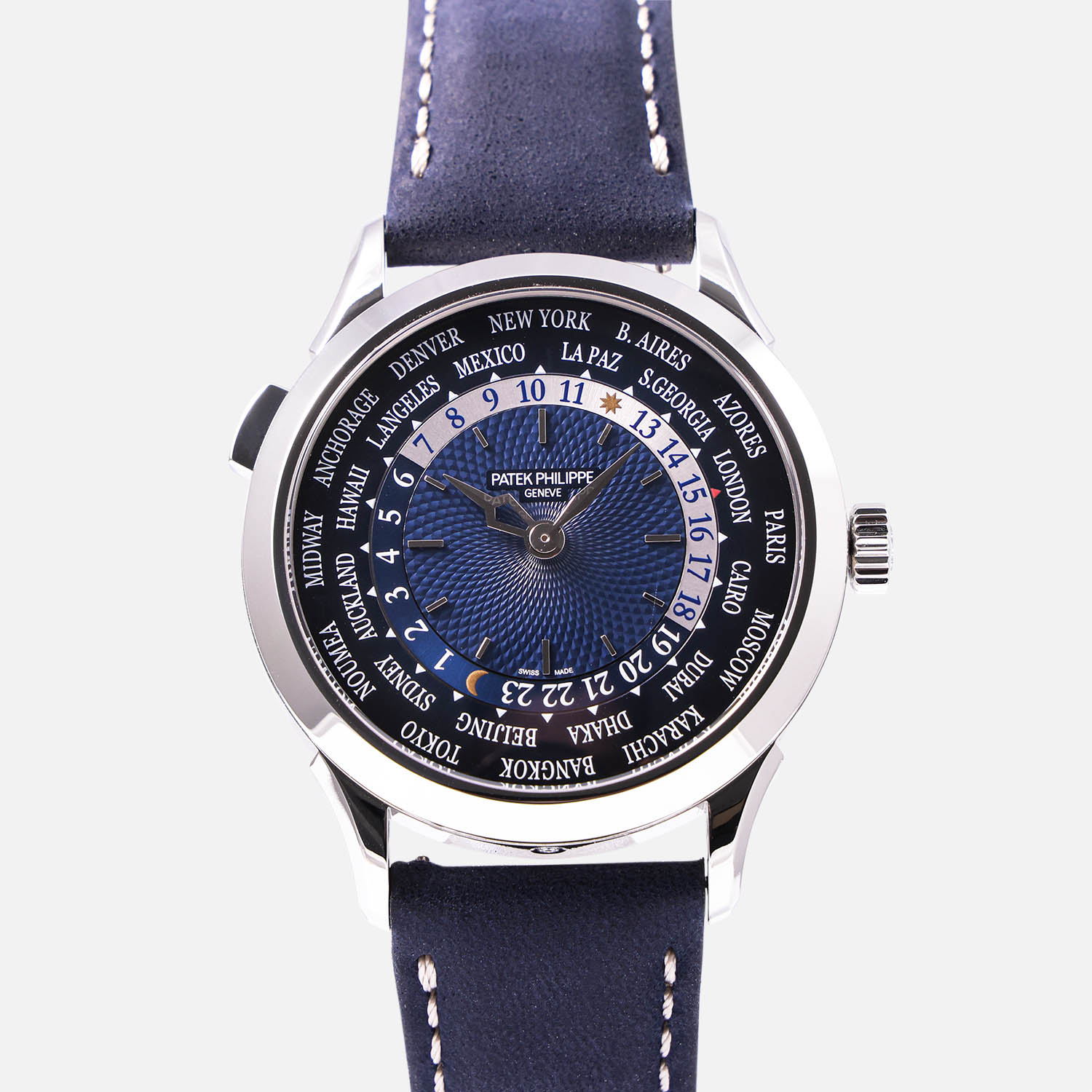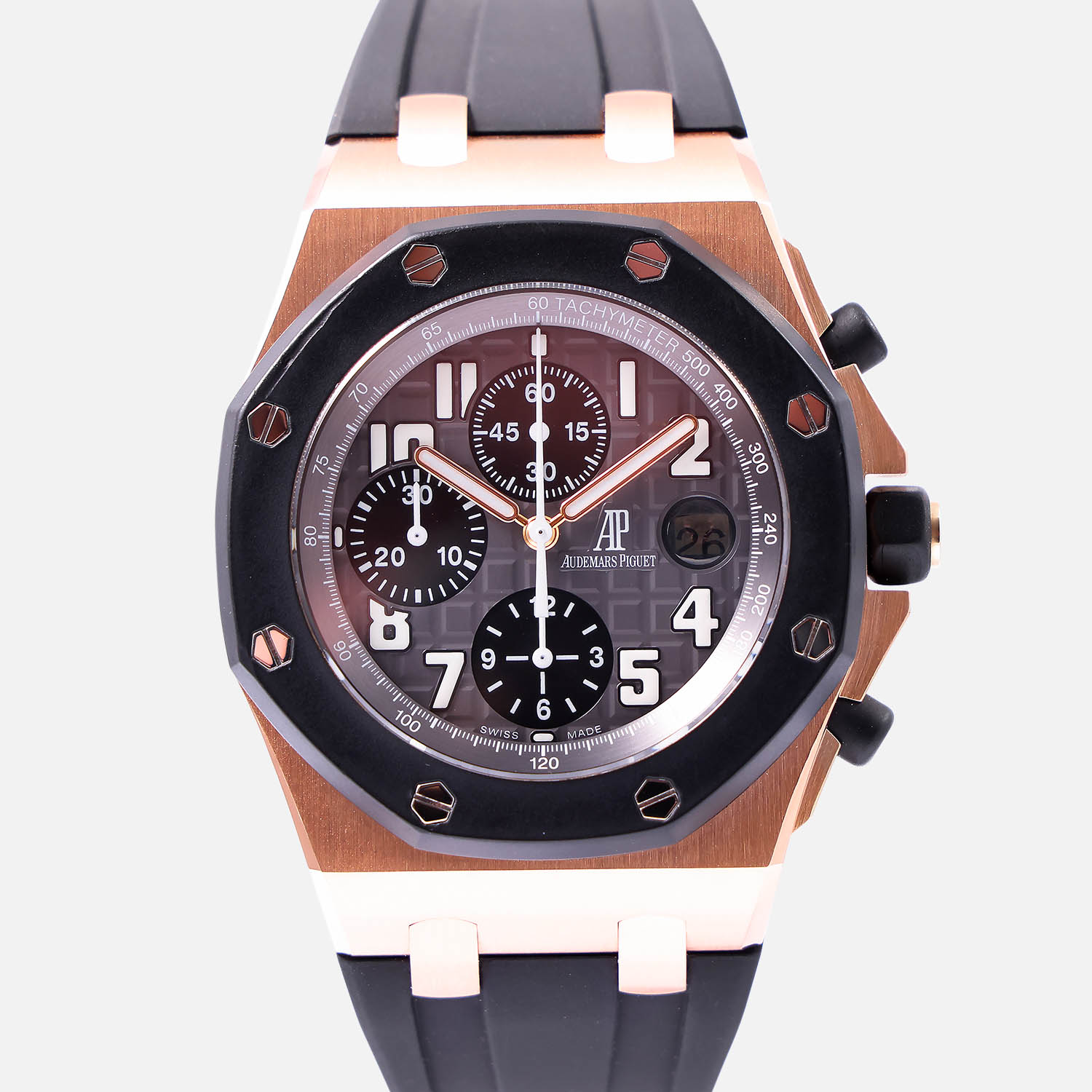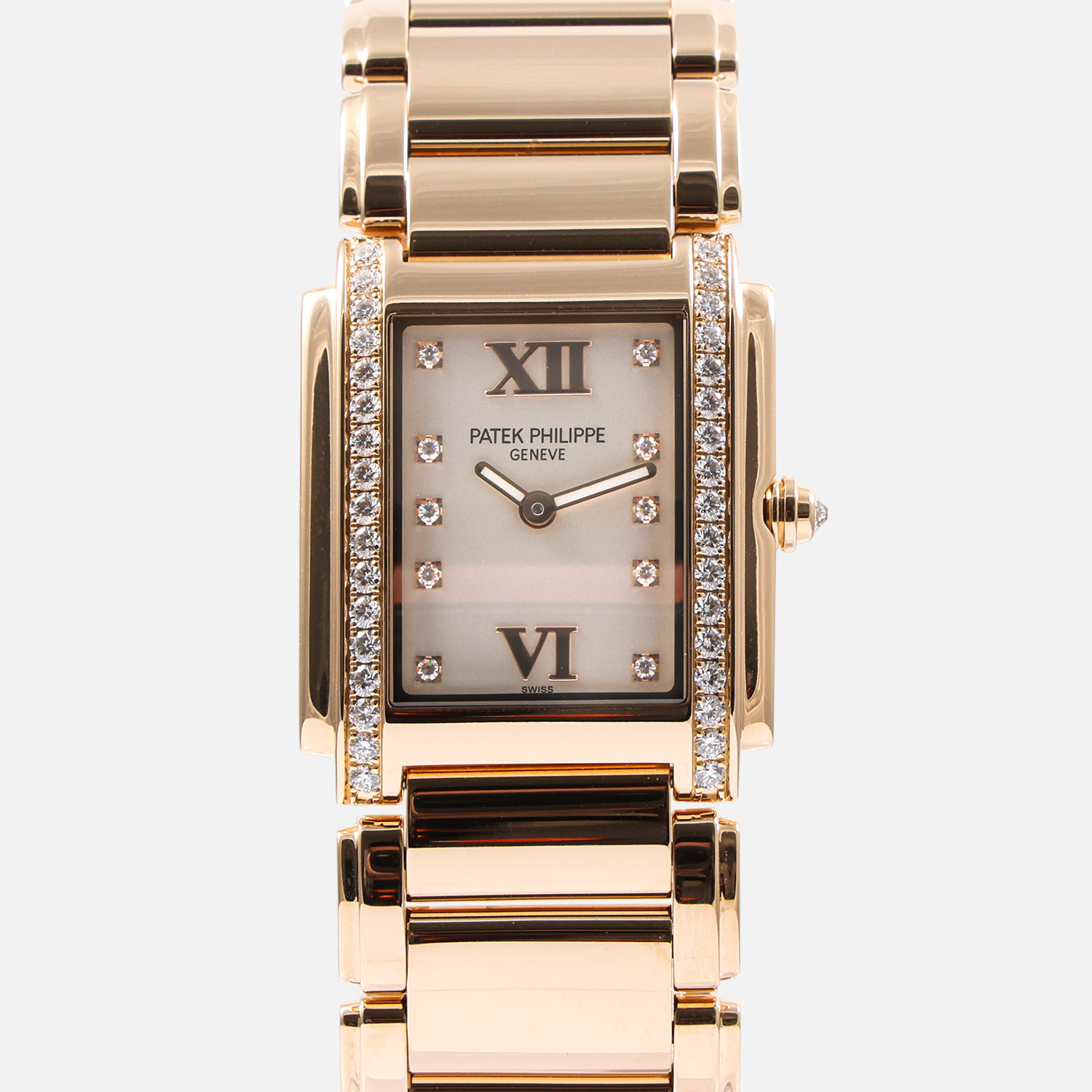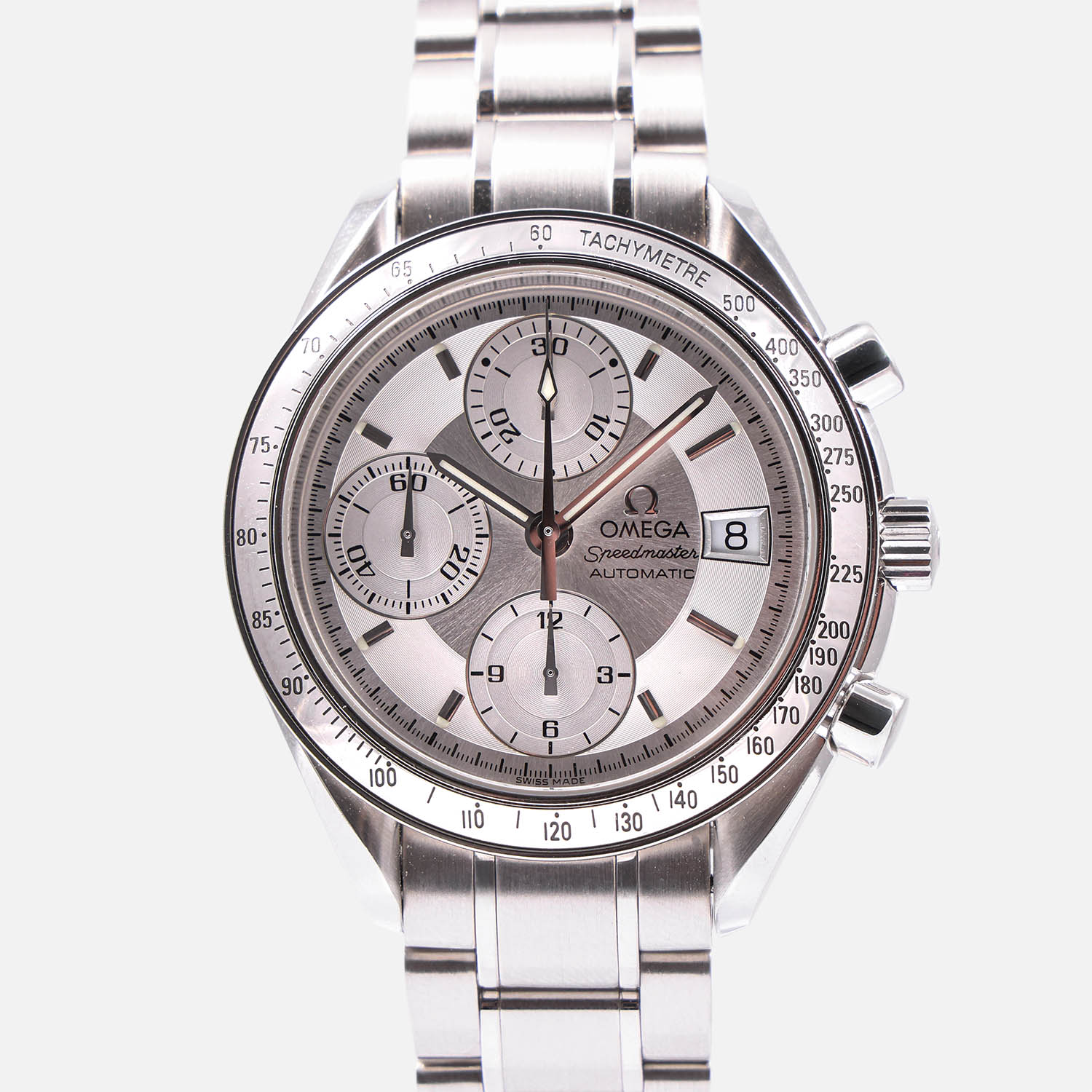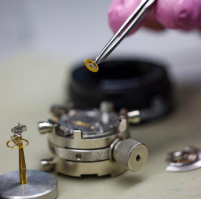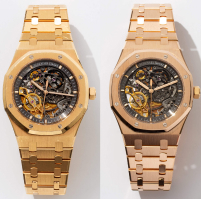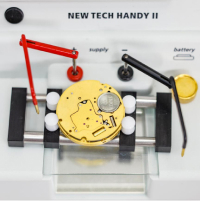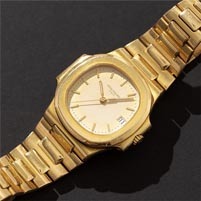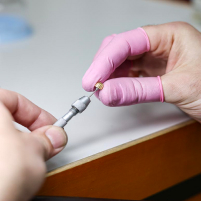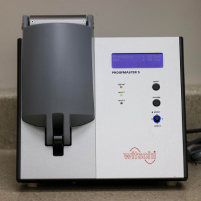Troubleshooting & FAQ
Automatic Watches
Many automatic watches may be built to last lifetimes, but they are still subject to a wide variety of everyday stress. Included here are the answers to some of the most common problems with mechanical watches that involve: The Movement The Timing The Dial
THE MOVEMENT
My watch fell, and now it has stopped running.
When watches are dropped, the sudden impact can cause an axle to break. Most commonly it's actually the balance staff (the axle of the wheel making the iconic ticking noise). This will need to be replaced and a full watch maintenance is needed.My automatic watch stops after I take it off.
The commonly occurs with automatic watches, and can mean a few different things. Automatic (self-winding) watches require physical activity to wind fully. If you are not sufficiently active, the watch will not build up enough power to run. In rare cases, the mainspring can become worn and fail, typically after a few years. This mainspring can be replaced with a complete watch maintenance.THE TIMING
My watch is running slow or stopping.
Watches are finely-tuned machines. Similar to a car, lubrication is needed every few years to maintain optimum performance, which is why we recommend complete watch maintenance after every 3-5 years, at minimum.My watch runs fast.
Watches can run fast for several reasons. Over time lubricants can cause the hairspring to stick. This damage could also have come from dropping the watch, knocking the hairspring out of alignment. Thirdly, it could have become magnetized by a magnetic field. At Precision Watches & Jewelry we can diagnose and correct any watch timing issues.My automatic watch is running slow.
Automatic watches need to be wound to start, either through manual winding at the crown or by wearing it long enough to wind the mainspring. Regularly worn, most automatic watches function normally and can run for roughly 36 hours after being removed. If the watch is fully wound but still running slow, this indicates the watch is overdue for maintenance. Most automatic watch manufacturers recommend movement service every four to five years, depending on the amount of wear or usage.When I wind my watch, it never stops.
This happens in real manual-wind watches, and means that the mainspring is broken. Automatic watches generally have a clutch do that you can feel when the watch is fully wound. The mainspring will have to be replaced along with a full watch maintenance.THE DIAL
My watch crystal keeps fogging up.
The gaskets which make watches water resistant may require replacement, or the watch was exposed to moisture while the crown was unlocked. The crown, crystal, and gaskets may need replacement in conjunction with a complete maintenance. This watch should be serviced as soon as possible to dry it out and correct any damage, as it will get worse. Water resistance is not permanent and requires periodic service to maintain.My watch calendar changes at noon.
This means that the hands are 12 hours out of alignment. Simply reset the watch manually by advancing the time 12 hours.The chronograph on my watch doesn't reset properly.
This can be fixed by a manual resetting of the chronograph hand. Over time, the mechanical chronograph will require adjustment. Bring it in for it's regular periodic watch maintenance at Precision Watches & Jewelry.Quartz Watches
Quartz watches may not be as delicate as their mechanical counterparts, but you should never underestimate the damage you can do to a watch. Below our experts respond to the most common issues reported with quartz watches: The Movement The Timing The Battery The Digital Display The Push Buttons



